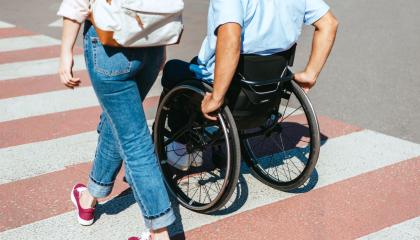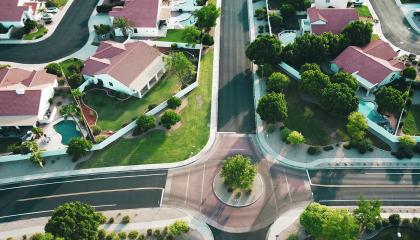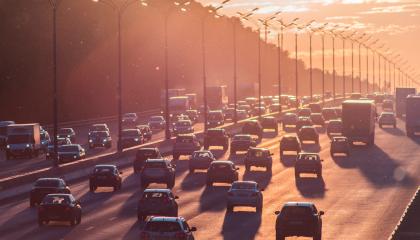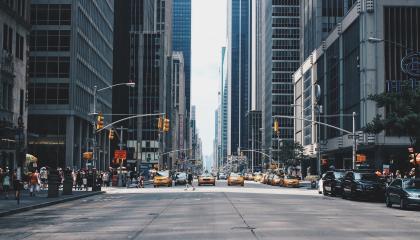The development of larger cities grew exponentially in the past fifty years, leaving us with rapidly built cities that have given too little thought to the disabled members of their population. Now is the time to reassess how to be more inclusive in the built environment so that people of all abilities and diversity experience a living environment that meets their needs.
An accessible world is crucial for people of all abilities to work, live, and play. However, even in the most progressive cities, people with disabilities struggle to live their lives, which only gets worse in the suburbs and rural areas.
With an estimated one billion people to become urban-dwellers by 2050, many cities recognize the need to shift to more accessibility. Beyond the physical difficulty of navigating city and suburban obstacles, many individuals with disabilities must deal with a level of fear as they try to move through a world that is more or less inaccessible.
One result of population growth within cities is something called urban expansion, which is the unrestricted growth of housing, businesses, and roads without any specific planning. Urban expansion influences cities’ social and environmental dynamics, causing a number of disadvantages, including longer commutes, higher transportation costs, pollution, and loss of countryside.
When it comes to climate change, the most offending contributor to the increasing carbon emissions is the transportation industry. From cars to trains to planes, Americans love their independence and ability to travel on a whim. Data shows that vehicle miles have increased to 1.58 trillion during the first half of 2018, and researchers believe that airline travel will double over the next two decades.
City planners and researchers claim that more and more people are moving into cities, which is contributing to something called urban density. This term refers to the number of people within an urban area. It’s a crucial factor for city planning — understanding how the city is functioning based on economics, health, geography, and sustainability.
Creating a bike lane city infrastructure requires the coordination of the appropriate government agencies, resources, and construction logistics. It’s a time-intensive ordeal; however, the benefits are many for cities that are suffering from intense air pollution, overcrowding, and congestion. Bike lanes alter the city infrastructure and also improve the health of inhabitants.
Portland State University noted that when five major US cities incorporated protected bike lanes into their city infrastructure, bike ridership increased 170 percent.
Connect with us
We pride ourselves on our customer service, and we'd love to hear from you! Sign up for our newsletter to keep up with industry updates and trends, as well as any new product releases.








